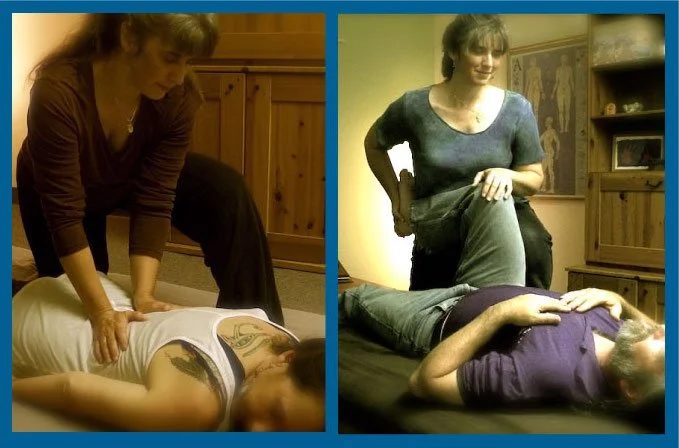Shiatsu: Mat or table?
When booking an appointment online, my clients will find the following question on the intake form:
“Would you prefer your session to be on a massage table or on the floor?”
As ‘not sure’ is the most popular answer to that, let’s explore the differences.
But first, why is ‘the floor’ an option?
Shiatsu, having its origins in Japan, is typically given on a futon (a thin, cotton-filled mat) on the floor.
Traditionally, many activities in Japanese life (cooking, sleeping, writing, handiwork, etc) were done sans-table-and-chair, and bodywork is no exception.
There are also several advantages to this set-up.
Function follows form.
One of the main areas where shiatsu differs from the more familiar forms of massage is the primary direction of pressure.
Whereas most massage application is ‘horizontal’ - that is, across the surface of the skin, following the direction of muscle fibers and pathways of circulation of blood and lymph - the pressure of shiatsu is more ‘perpendicular’ to the body; from the surface in toward the center.
With the receiver positioned on the floor, the giver can position themselves in a way that facilitates greater alignment from their own center of gravity through whatever part is contacting the receiver’s body: thumbs, fingers, palms, even feet. leverage of their center of gravity.
The quality and depth of pressure is modulated through shifts of the practitioner’s body weight, allowing the arms to be more relaxed.
Try for yourself!
Using your thumb or palm, press into a flat surface, like a table or bed, with the angle of your arm first perpendicular (a straight up-and-down line) from shoulder to surface. Then try it by increasing the angles between your shoulder and the surface (like, if you’re sitting next to the surface, rather than standing over it.) Notice the differences of tension between ‘pushing’ with your arm, or leaning into your hand with your body weight.
Which feels better?
More options of technique.
As shiatsu also employs stretching, rocking, twisting and other movements of the receiver’s body, the more space the practitioner has to move and again, leverage their own body weight and mechanics, the greater range of techniques they can bring in to help move the energy in the receiver’s body.
This is also helpful with size differences between giver and receiver, and with navigating around the body in a way that might be otherwise awkward or even dangerous on a table.
Note: I have yet to lose anyone off the side of a table… ;)
Feeling grounded.
For many, lying on a mat on the floor just feels more supportive and comfortable, allowing for a more full-bodied connection with the earth.
What about comfort?
It’s true, my futon is not as cushy as the massage table.
And for many of us with increasingly stiff spines, lying on one’s back can be uncomfortable, even on a cushioned table.
For this reason, I do use bolsters to help better place the receiver’s body in more comfortable positions, including the use of a bodyCushion® for working in prone. This wonderful invention supports the spine and neck in a natural curve, as well as offers space for large breasts and pregnant bellies.
I also place a heating pad under the sheet for table or futon to keep the receiver warm, if desired.
Concern has also been expressed by clients on a few occasions by clients about their ability to get back up off the floor.
I get that - and while, as a movement teacher, I would highly encourage someone to consider working with that for a lot of reasons - it’s a major reason why I have the table as an option.
Which do I prefer?
A lot of my clients are curious which I like better - assuming that one or the other is less strenuous.
Truthfully, I like both, and I like the opportunity to mix them up.
My shiatsu training was pretty much all on the floor (including sitting for all the lectures :), and I offered floor work almost exclusively for the first ten years of my practice.
Because of that, I became very adept at moving low through my legs and hips, navigating around the client’s body almost ninja-style, in that they really couldn’t ‘hear’ me moving. This has afforded me - even now - openness in my hips, supple knees and feet, and a strong lower body that can still squat comfortably.
Having said that, I never quite perfected my body mechanics enough to avoid taking a toll on my low back.
I was blessed with an extra-wide massage table early on in my practice, and as it came into greater use over the years, I found I could get up on the table when needed to better use my center of gravity, and get that perpendicular angle for pressure.
There are still challenges at times, however, as my 5’ 1” stature doesn’t always allow for the best positioning with larger and longer people.
I still have a bad habit of ‘leaning’ into the table at thigh-level (a big no-no in massage!), and will often feel later a lot of tightness in my calves.
Even after all these years, I’m still learning how to ‘dance’ with my clients in such a way that it’s enjoyable, relaxing and opening for both of us. Both mat and table have their benefits and limitations, and it’s really about how you as the client can best relax, and feel supported.
So, to answer your question:
Both mat and table have their benefits and limitations, and it’s really about how you as the client can best relax, and feel supported.
To recap:
Floor is better if:
You are comfortable getting down and back up off the floor, or want to become more comfortable with it;
You like the feel of grounding, connectedness and support that comes from opening up on the earth;
You are open to more whole body stretching, movement and interaction on my part;
You want to explore the potential for deeper pressure as compared to the table;
You’re just curious!
Table is better if:
You have concerns and limitations around getting up from the floor;
You have potential or known bone density issues that would contraindicate deep pressure;
You feel more secure and comfortable on a table (more familiar, like on a bed);
You have tension in your body that might feel uncomfortable against the firmness of a thin futon.
You’re just curious!



